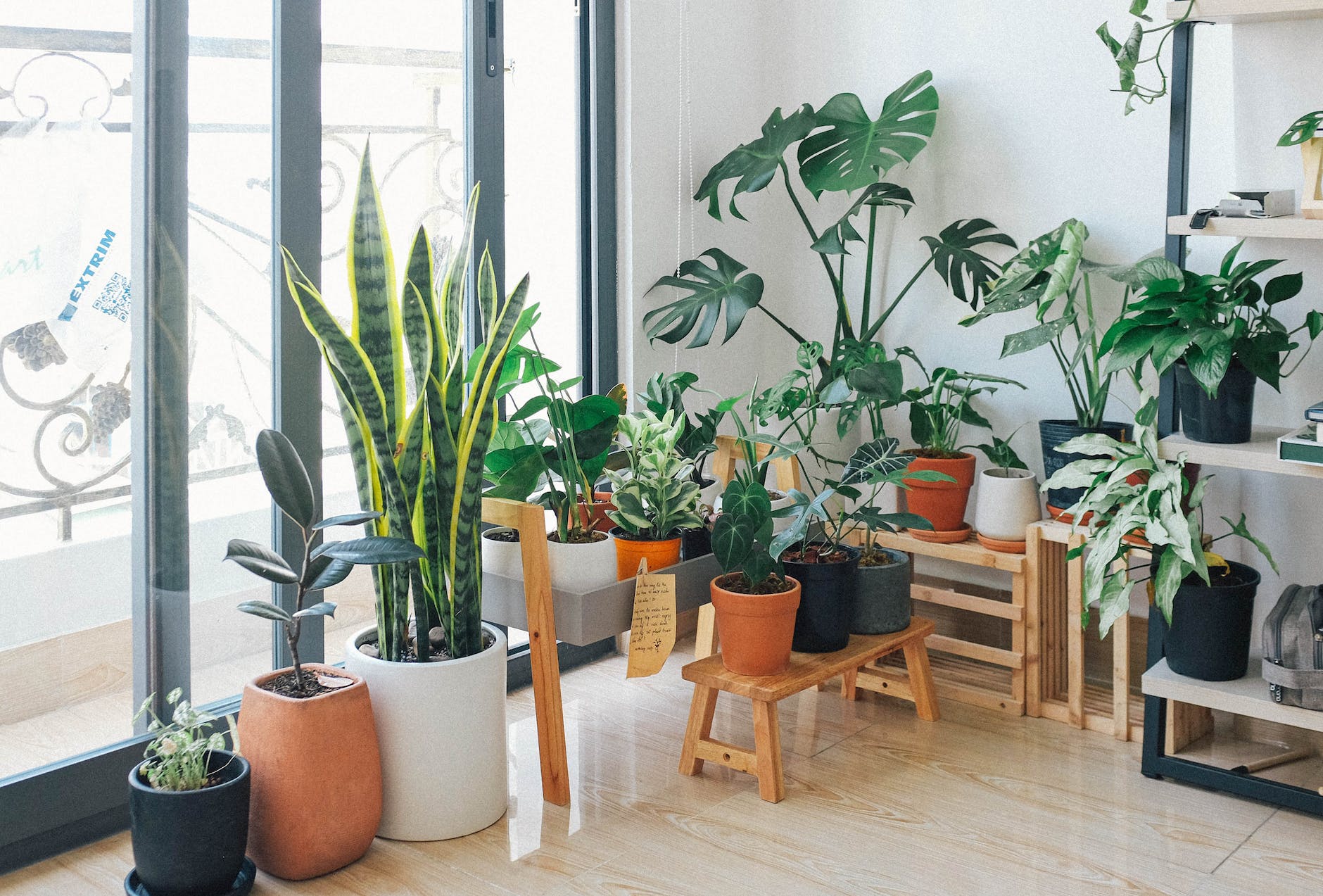Houseplants are not only aesthetically pleasing but can also contribute to improving indoor air quality by producing oxygen through the process of photosynthesis. Here are some houseplants known for their ability to produce higher amounts of oxygen:
Snake Plant (Sansevieria):
- Known for its durability and low maintenance, the snake plant is efficient in producing oxygen at night, making it an excellent choice for bedrooms.
Spider Plant (Chlorophytum comosum):
- An adaptable and easy-to-care-for plant, the spider plant is known for its air-purifying qualities and oxygen production.
Aloe Vera:
- Beyond its soothing gel, aloe vera is also an oxygen-producing plant. It thrives in bright, indirect light and can be kept indoors.
Peace Lily (Spathiphyllum):
- Recognized for its air-purifying abilities, the peace lily also contributes to oxygen production. It prefers low light conditions.
Areca Palm (Dypsis lutescens):
- Commonly known as the butterfly palm, the areca palm is an effective air purifier and oxygen producer. It requires bright, indirect light.
Boston Fern (Nephrolepis exaltata):
- This attractive fern is known for its ability to humidify the air and produce oxygen. It thrives in indirect light and high humidity.
Rubber Plant (Ficus elastica):
- The rubber plant is a hardy indoor plant that not only enhances indoor air quality but also contributes to oxygen production. It prefers bright, indirect light.
Money Plant (Epipremnum aureum):
- Also known as Devil’s Ivy, the money plant is easy to care for and effective in removing indoor pollutants while producing oxygen.
Gerbera Daisy (Gerbera jamesonii):
- Apart from its vibrant blooms, the Gerbera daisy is known for releasing oxygen during the day. It requires bright sunlight.
Chrysanthemum (Chrysanthemum morifolium):
This flowering plant not only adds beauty but also contributes to oxygen levels. It thrives in bright, indirect light.
Remember that the oxygen production of houseplants is influenced by factors like light, temperature, and overall plant health. Having a mix of these plants in different rooms can contribute to a healthier indoor environment. Additionally, proper care, including regular watering, adequate light, and occasional fertilization, will ensure optimal growth and oxygen production.




Leave a Reply